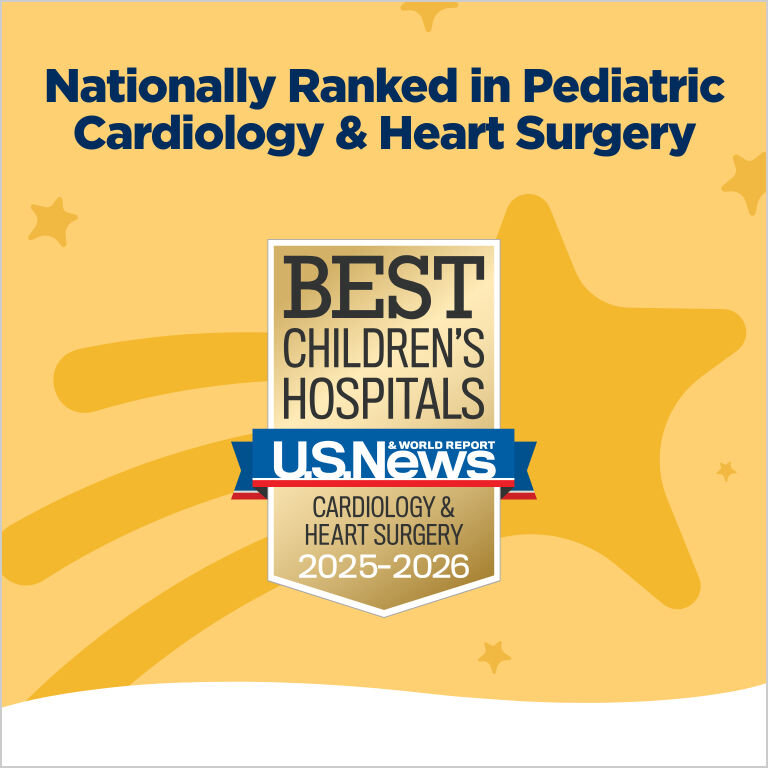About Project Adam
Project Adam Louisiana was established in 2019 in partnership with Ochsner Children's.
The program's vision is to eradicate sudden cardiac death through school and community infrastructure development supporting prevention initiatives including Heart Safe Schools, advocacy, education and research.






